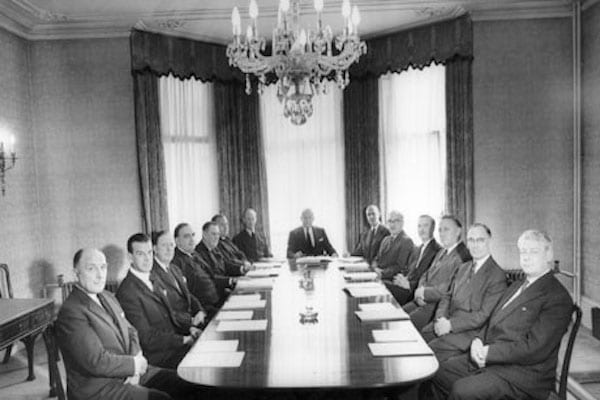
Vegetable producer Kalfresh had a serious “bloke problem”.
The managing director of the rural Queensland business, Richard Gorman, conceded as much while telling the ABC how they managed to recently boost business profits.
It had no women in its management team, and no women on its board. When asked questions about diversity, he wondered if a lack of women at the senior management level was holding the company back. As he told Pip Courtney: “Our management team, all men. Our board, all men. Anyone who had any say in anything, it was all men.”
Now it seems that all-male decision-making process was a significant game-stopper for business success.
The story of Kalfresh which aired on the ABC’s Landline recently was a great reminder on how gender diversity can drive innovation and great ideas in business.
Gorman sought to rectify the gender imbalance immediately. He started by bringing in the tertiary-educated women married to his existing pool of managers. Five wives of such managers and farmers came on board, working part time as part of a team on a “special project”.
And guess what they did? They used their collective experience to innovate, and to bring in some fresh ideas for dealing with one of the company’s most challenging issues, vegetable waste — about 15 to 20% of all crops.
Researching consumer trends, they proposed a new line of pre-cut bagged vegetables. They designed packaging and came up with an advertising plan, and then signed up for a successful trial with Woolworths.
What they came up with is the ‘Just Veg’ range of cut and shredded carrots. Healthy convenience foods that are great for snacks, for putting into salads and sandwiches. Made up of vegetables that would have otherwise gone to waste, they developed a new product line that consumers love. It was an idea born from the fact that as the wives of farmers, the “special project” team of innovators were doing a lot of the shopping and caring for children: they were preparing lunches and dinners and could see the value in pre-cut items.
These wasted vegetables were previously worth between $50 and $100 a tonne as stock, now they’re worth $1000 a tonne.
Seriously, what a great example of firstly realising that great talent might be closer than you think. And secondly, that trying a ‘different approach’ to innovation and decision-making will bring about different ideas and results.
Kalfresh didn’t have a woman problem — there were plenty of women around them. What they did have was a “bloke problem”, too many men making too making decisions.
It amazes me that some companies continue to exclude women from the innovation and product development process when women account for a significant portion of their customer base. Women continue to make the majority of the purchasing decisions in households and do the bulk of the shopping. Women vote with their wallets, and ‘man made only’ products are going to become an increasingly difficult sell.
We’re seeing plenty of research supporting the fact that board diversity produces better decision-making and increased profits for a company.
But it runs deeper than boards. It runs down to senior management and anyone involved in how products and services reaches customers (which should really be the entire business). As 2015 research from McKinsey & Co found, companies in the top 25% for gender and ethnic diversity are more likely to have financial results better than their industry medians. Companies in the bottom 25% are more likely to deliver less than average returns.
It seems obvious that diversity in innovation should result in better products and consequently better company performance. But we can’t always see clear-cut examples of how this actually happens.
Kalfresh is one such example. It’s an excellent case study on how a little bit of diversity can go a very long, profitable way.


